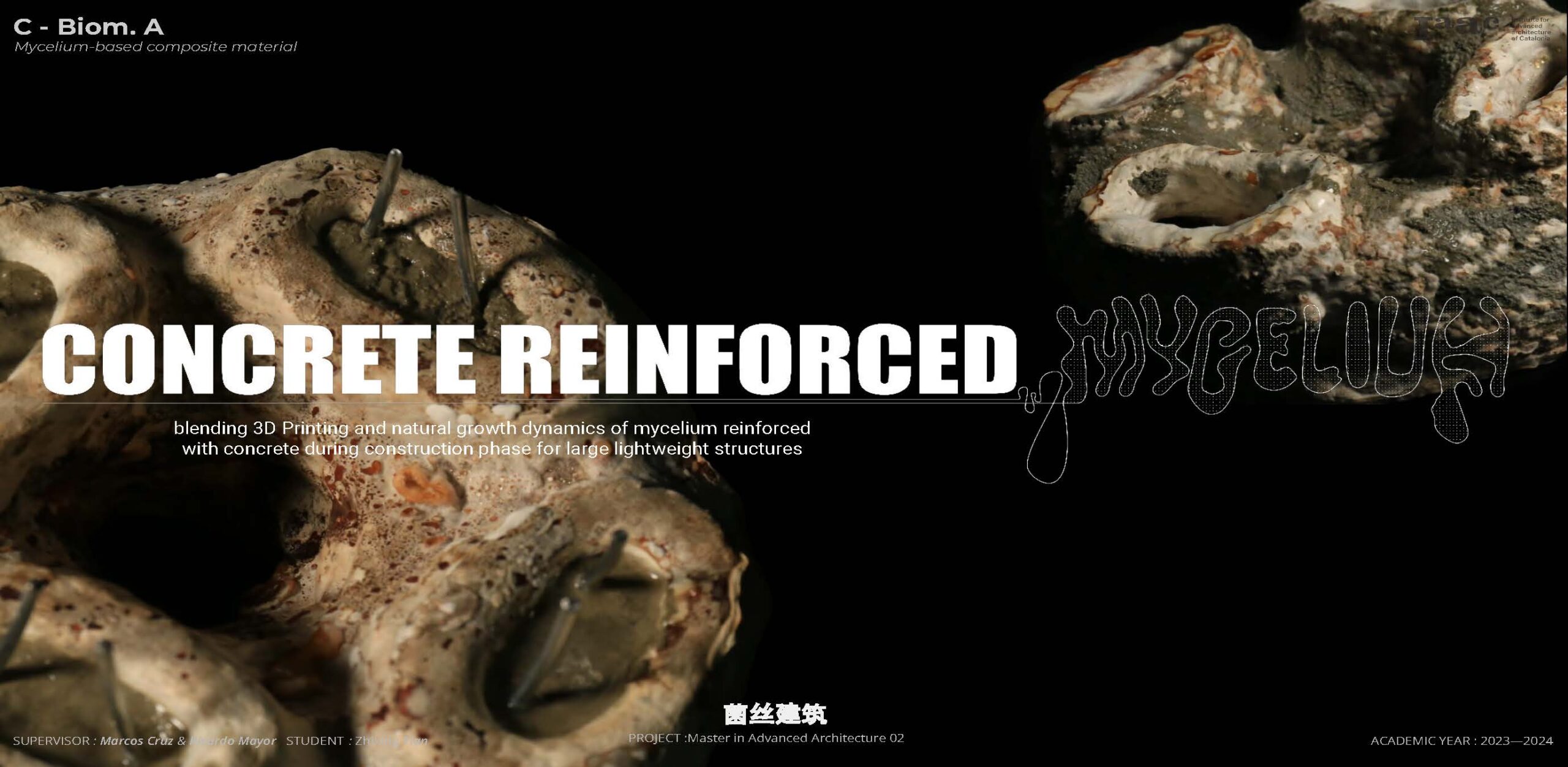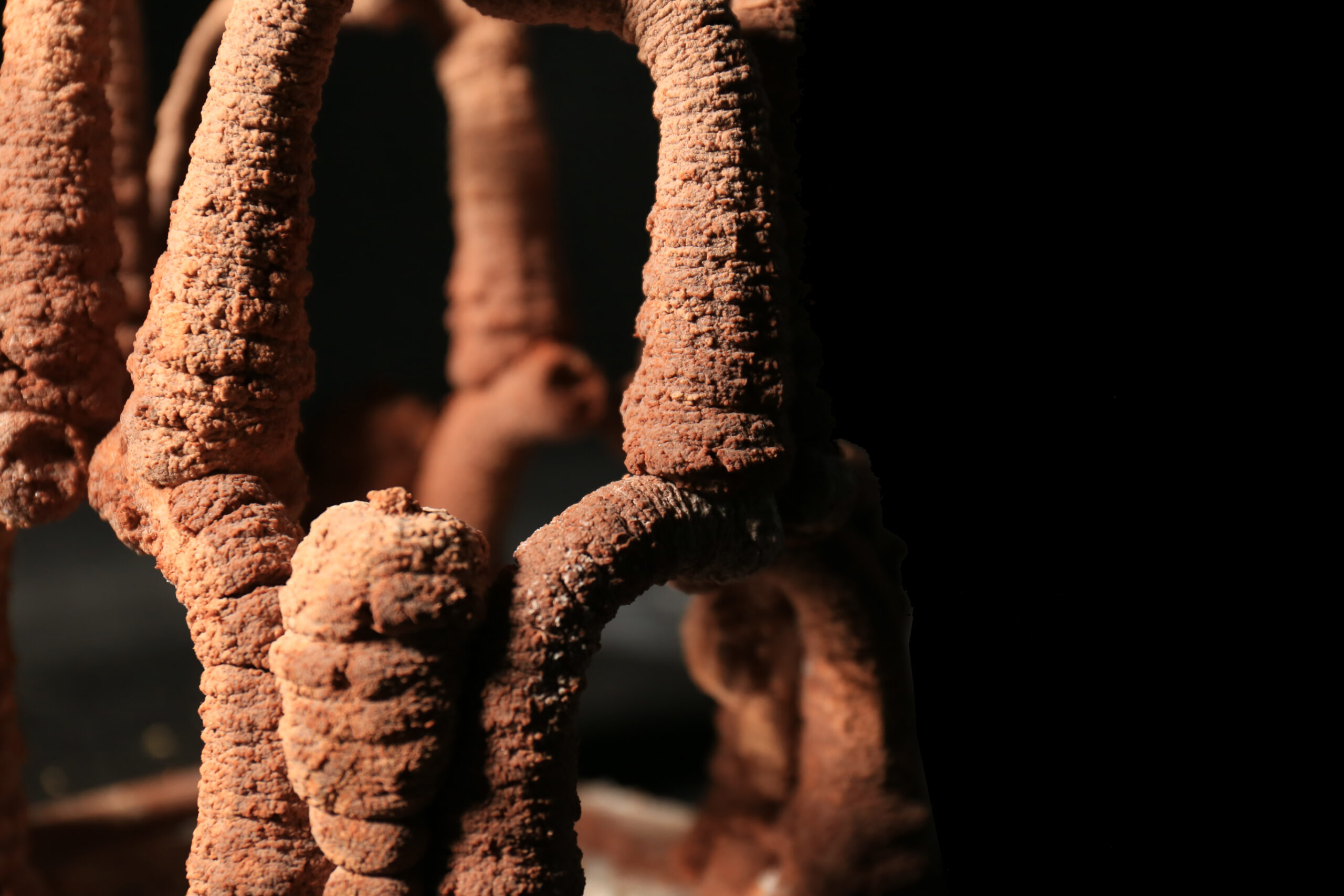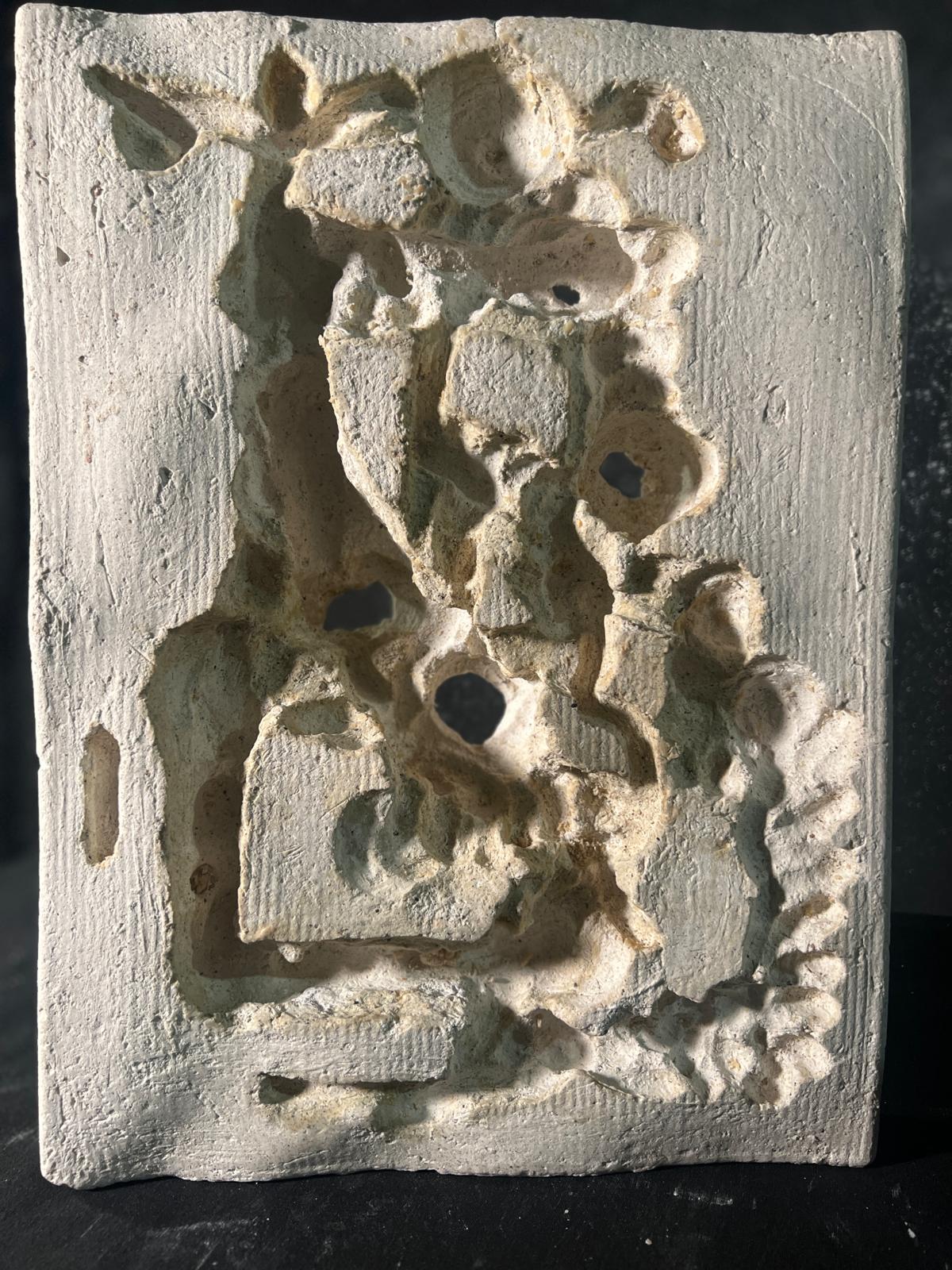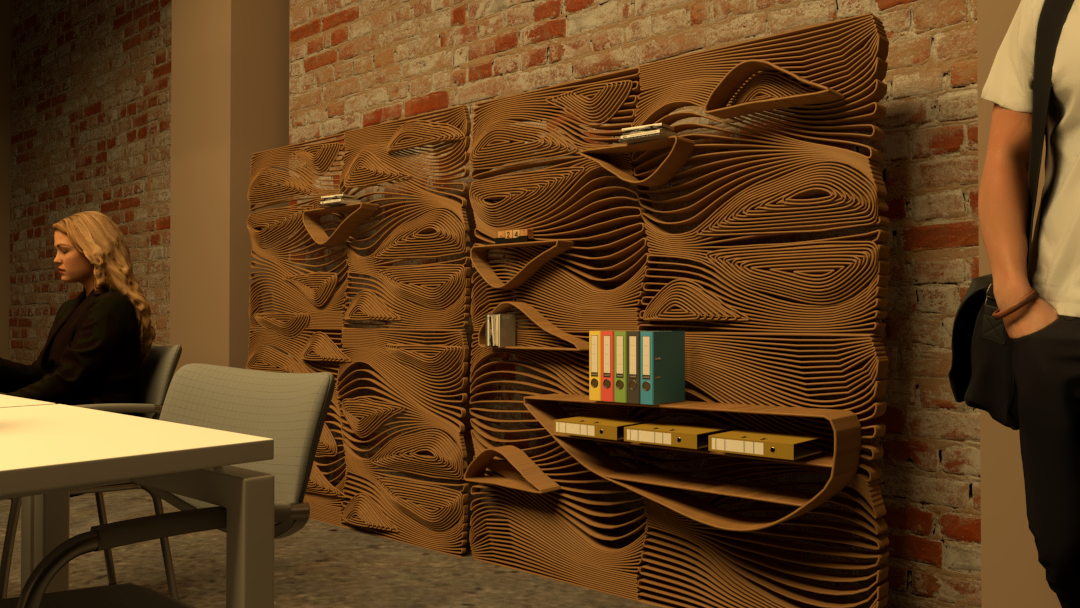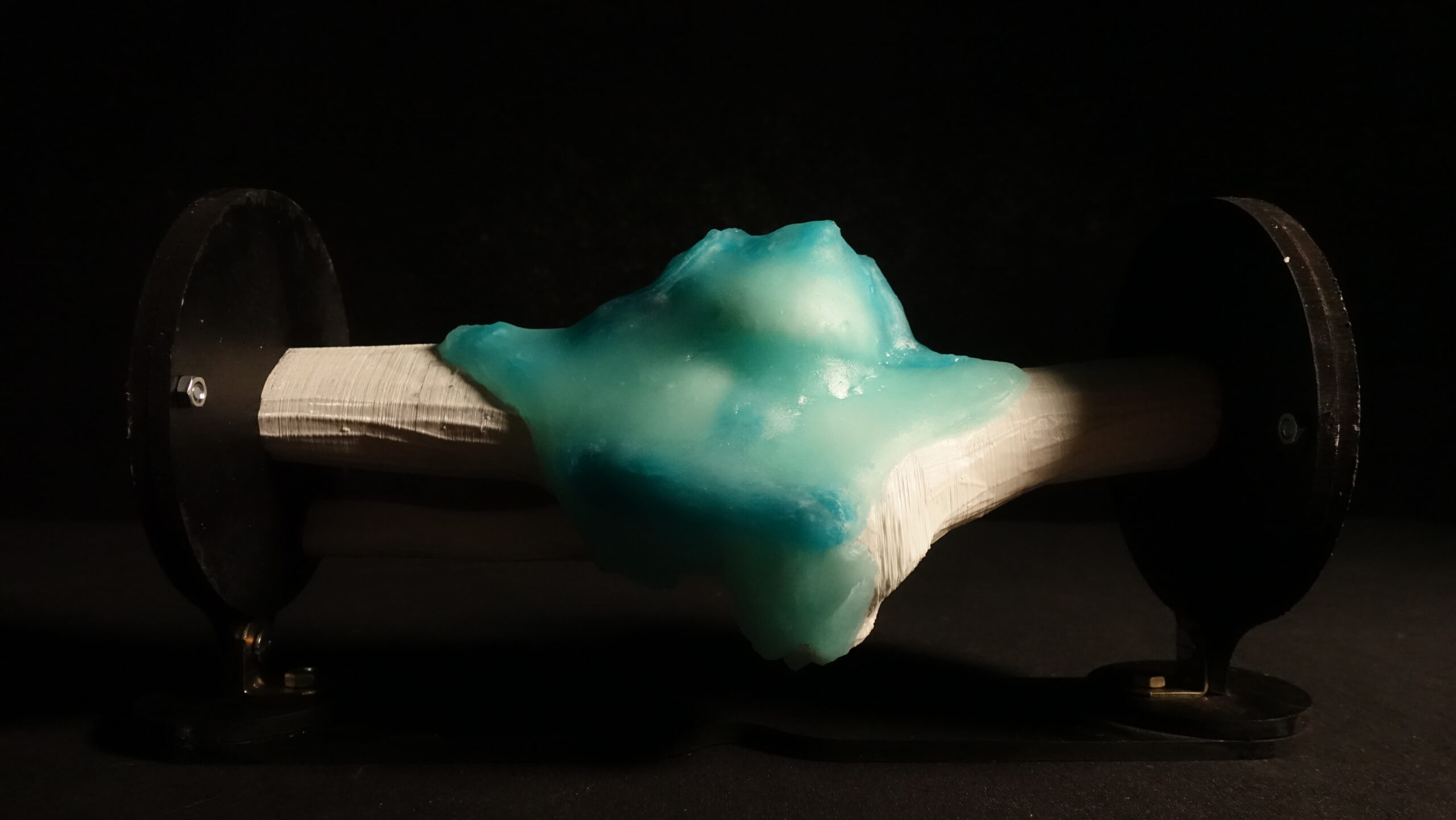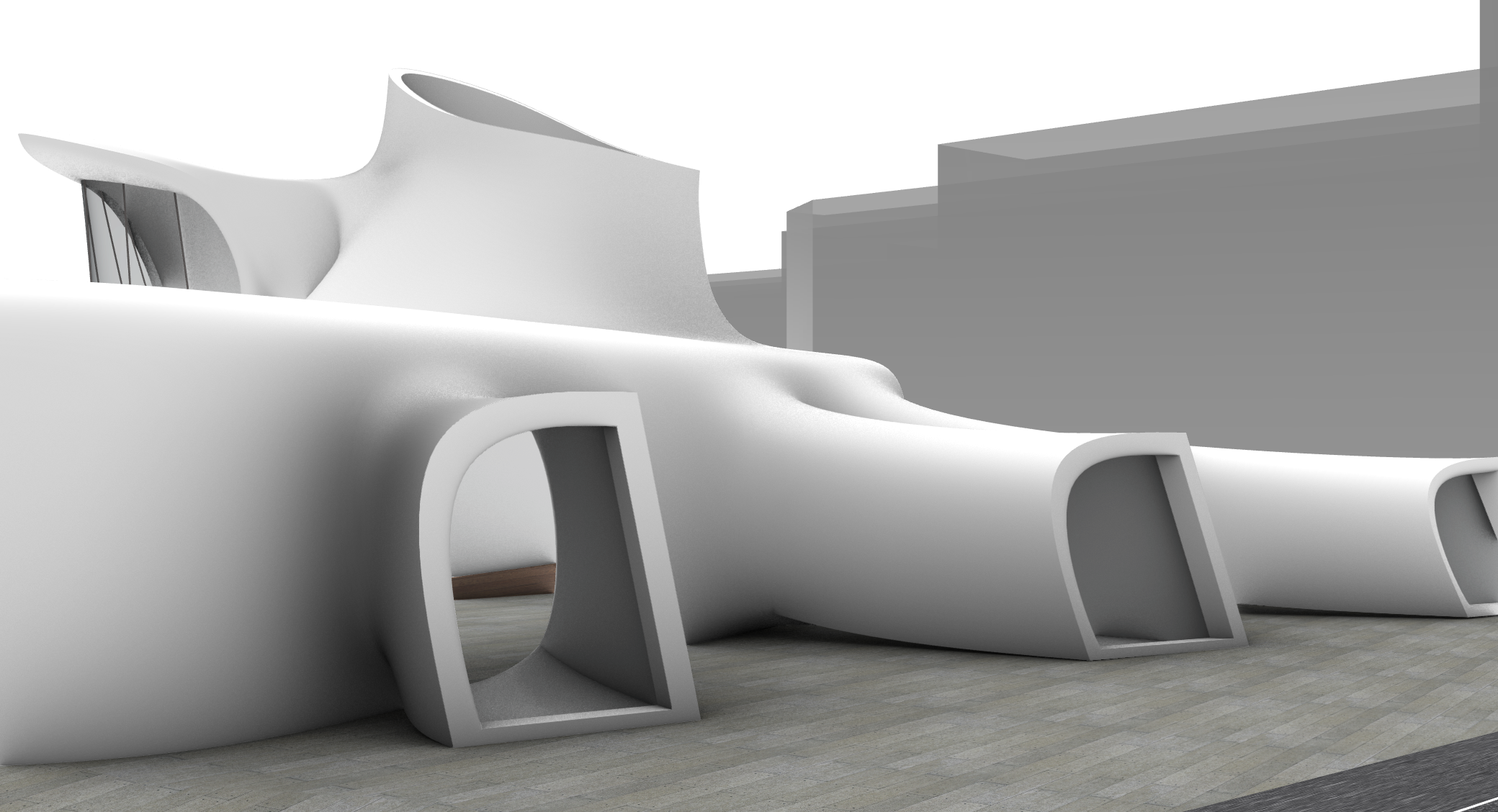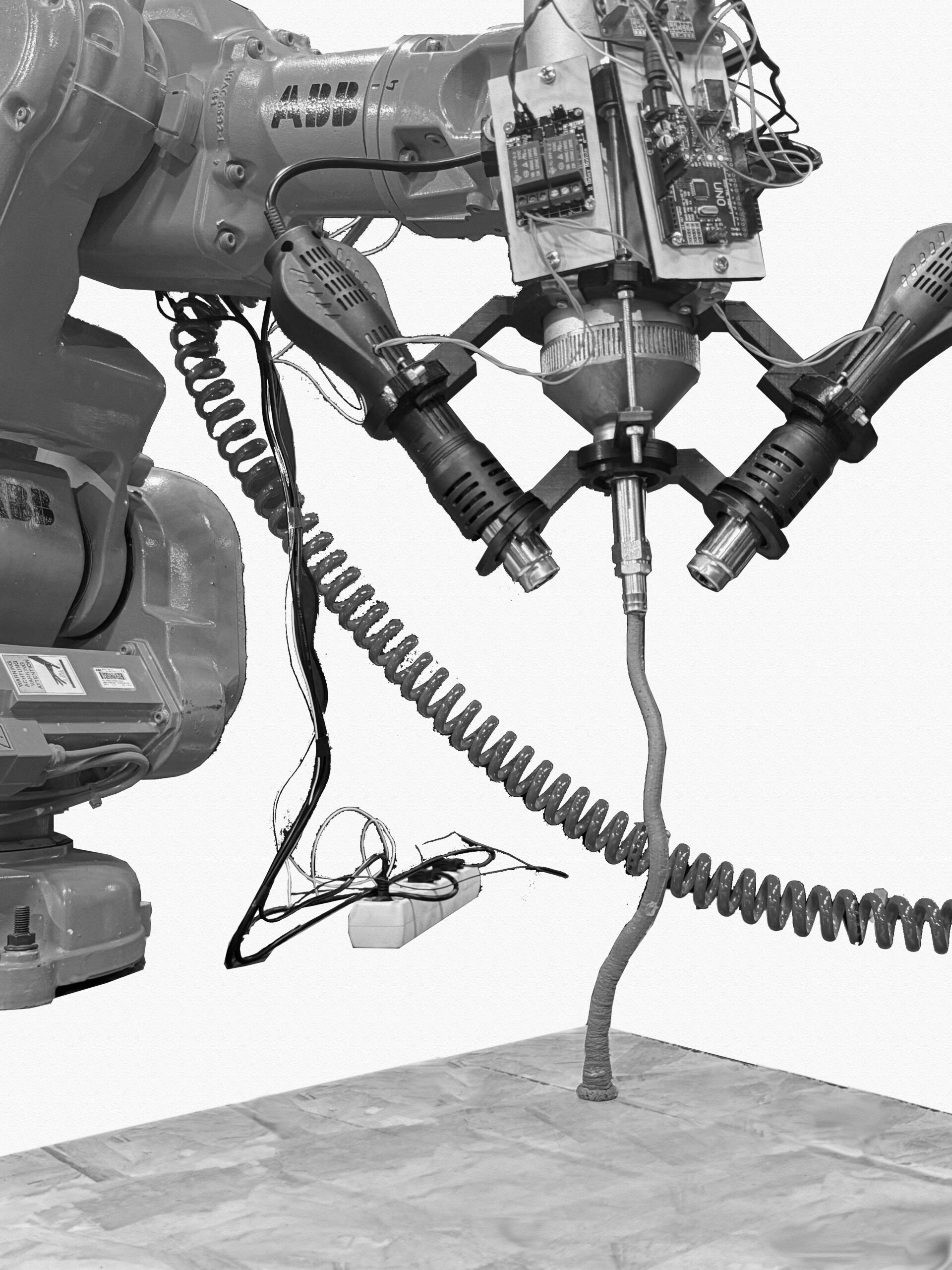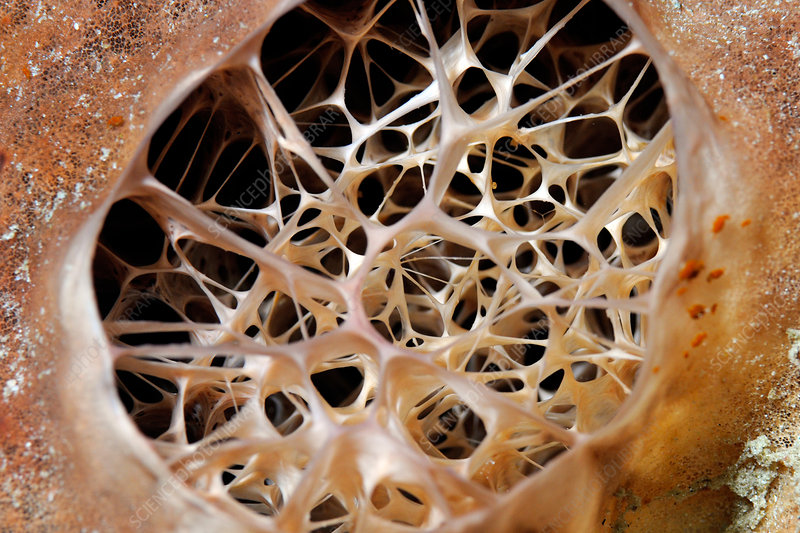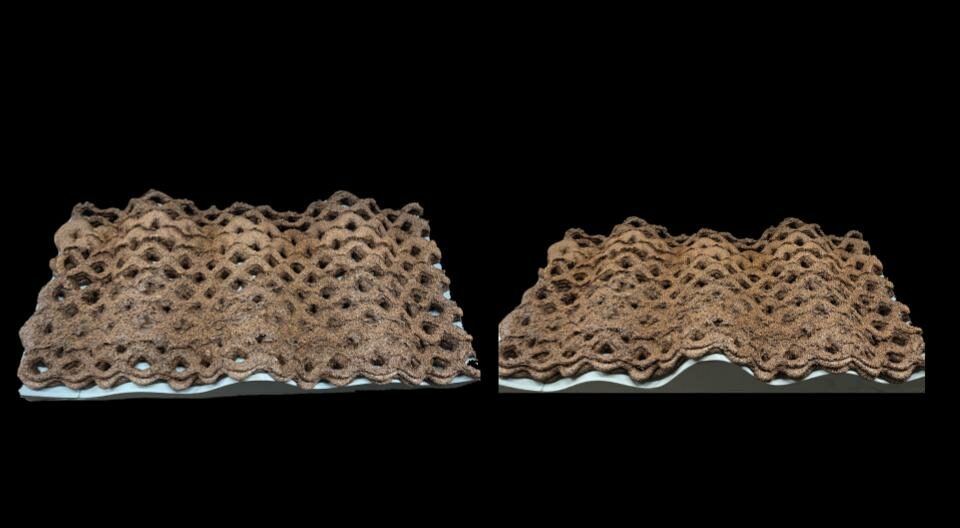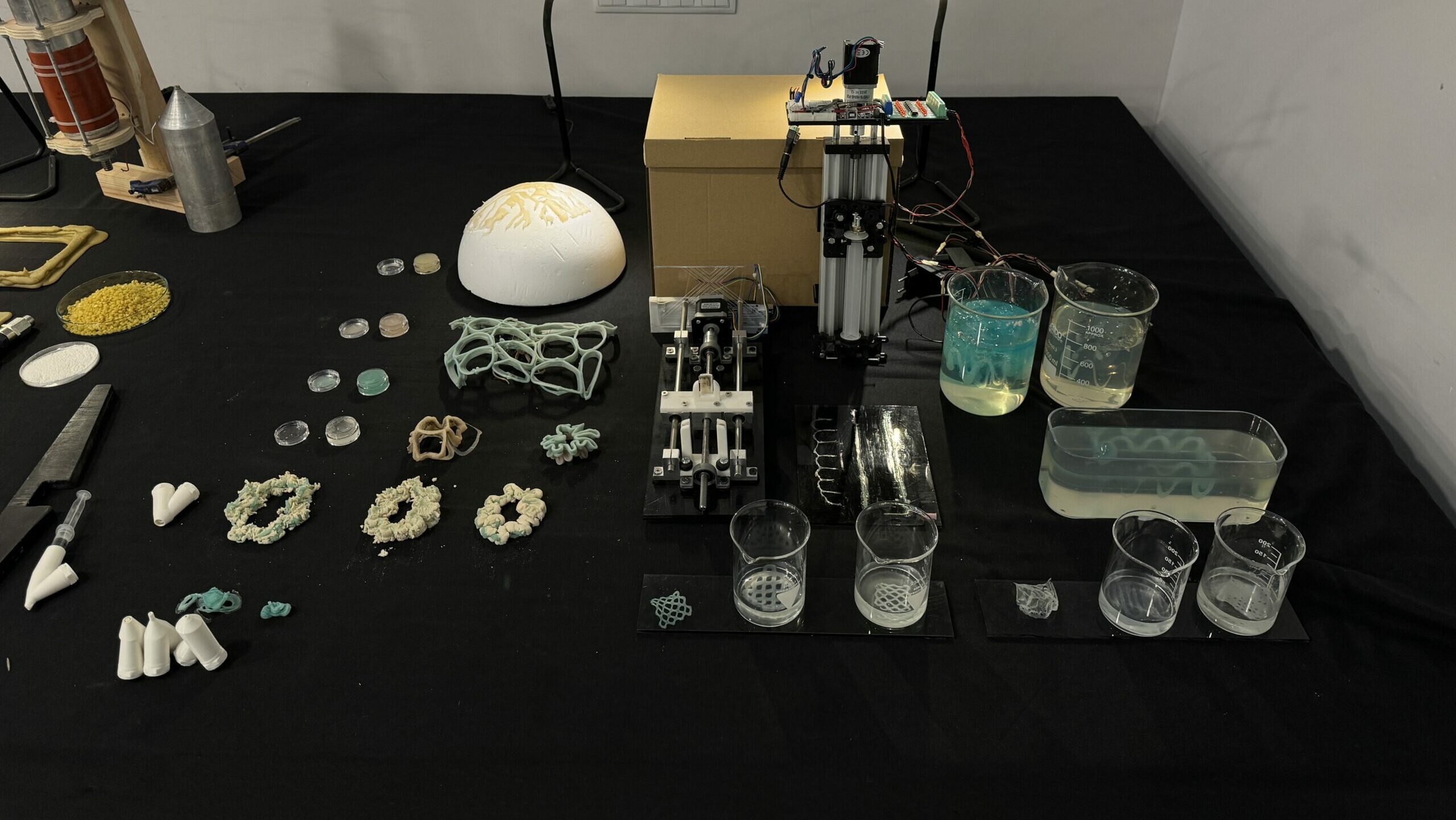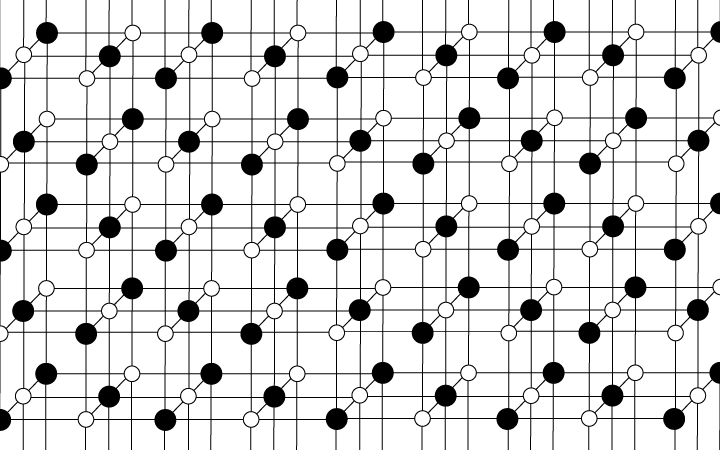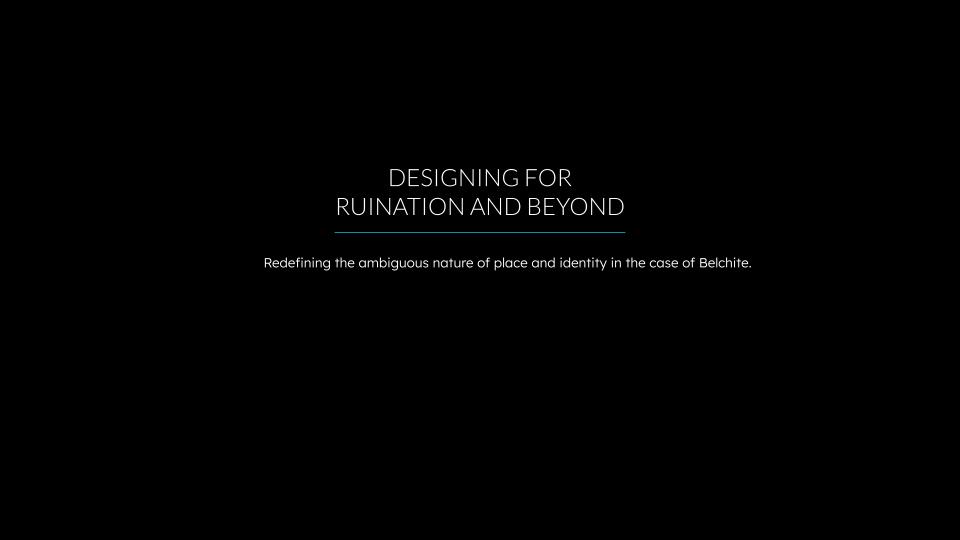The MAA is a visionary master program with an innovative and open structure, mixing diverse disciplines, shaping professionals capable of producing theoretical & practical solutions towards responsive cities, architecture & technology.
“Cura Salada” – Robotic Spatial Printing of Salt-Clay Composites for Healthy Vernacular Habitats
Research Introduction Poor quality health services is an emerging phenomenon in various countries. The situation is worse in low income countries where 10 percent of hospitalized patients can acquire an infection during their stay versus 7 percent in high income countries. Disinfecting healthcare facilities is a crucial aspect in order to reduce this phenomenon. Therefore … Read more
Sponge Tectonics
PASSIVE ABSORPTION AND RETENTION SYSTEM OF RAINWATER IN NON-ORTHOGONAL BUILDINGS with the understanding of the internal structure needed for materiality is fundamental to applied the logic in a natural based materiality by analysing materials that are absorbent and sustainable. Even having a materiality that allows absorbtion of water its fundamental for the design to help … Read more
CORK – SHELF
Large scale 3D-printing using cork composite material
CONCRETE COATED MYCELIUM
blending 3D Printing and natural growth dynamics of mycelium coated with concrete during construction phase for large lightweight structures ABSTRACT Using 3D printing technology combined with a mycelium mixture to print a double layer wall, and coat the outer parts of the wall with liquid concrete. The characteristics of mycelium growth and concrete inhibition of … Read more
Saline Manifolds
Thesis Statement Poor quality health services is an emerging phenomenon in low, middle and even high income countries. The situation is worse in low and middle-income countries where 10 percent of hospitalized patients can acquire an infection during their stay, as compared to seven percent in high income countries. Moreover, the situation is even more dire … Read more
CORK CURTAIN SCREEN
Large scale 5-Axis printing using cork composite material
Protected: Tissue Scaffolds
There is no excerpt because this is a protected post.
Build with Salt
Process After leaving printed specimen to dry inside the tank for at least three days, it is excavated by hand and excess powder is removed using brushes. The brushed specimen was then left to dry for four more days. Process: Firing in Kiln
Mycelium wall
AREA OF STUDY Almost 40% of global carbon emissions can be attributed to the building sector, making the built environment both a liability and an opportunity to slow down climate change. International organizations and many countries have set the goal of net zero emissions for all industries by 2050 to avoid irreparable damage to our … Read more

